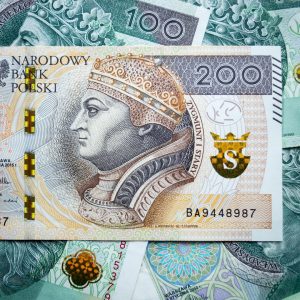Exploring the Different Types of Forex Commissions
Forex trading is a highly lucrative market that offers immense potential for profit. As an investor, it is important to understand the various costs associated with trading forex, one of which is the commission charged by brokers. In this article, we will explore the different types of forex commissions to help you make informed decisions when choosing a broker and managing your trading costs.
1. Spread-based Commissions:
The most common type of forex commission is the spread. In forex trading, the spread refers to the difference between the bid and ask price of a currency pair. Brokers offer two prices for a currency pair: the bid price, which is the price at which you can sell the base currency, and the ask price, which is the price at which you can buy the base currency. The spread is the broker’s profit and is usually measured in pips.
For example, if the bid price for EUR/USD is 1.2000 and the ask price is 1.2002, the spread is 2 pips. Brokers often offer different spreads for different currency pairs and account types, with major currency pairs like EUR/USD typically having tighter spreads compared to exotic currency pairs.
2. Commission per Lot:
Some brokers charge a fixed commission per lot traded instead of offering a spread. This type of commission is common among ECN (Electronic Communication Network) brokers who connect traders directly with liquidity providers. ECN brokers usually offer tighter spreads due to their direct market access, but charge a commission for each trade.
For example, a broker may charge $5 per lot traded, regardless of the size of the trade. If you trade 1 standard lot (100,000 units of the base currency), the commission would be $5. If you trade 0.1 lots (10,000 units), the commission would be $0.50. This type of commission is transparent and allows traders to calculate their costs accurately.
3. Percentage-based Commissions:
Some brokers charge a percentage-based commission on the trading volume instead of a fixed commission per lot. This type of commission is often used by market makers or brokers who act as counterparties to their clients’ trades. The commission is calculated as a percentage of the notional value of the trade.
For example, if a broker charges 0.1% commission, and you trade 1 standard lot of EUR/USD with a notional value of $100,000, the commission would be $100. This type of commission can be more expensive for larger trades but may offer lower costs for smaller trades.
4. Tiered Commissions:
In some cases, brokers offer tiered commission structures based on trading volume. The commission rate decreases as the trading volume increases, incentivizing traders to trade more. This type of commission structure can be beneficial for active traders who generate high trading volumes.
For example, a broker may offer a commission rate of $5 per lot for the first 100 lots traded, $4 per lot for the next 100 lots, and $3 per lot for anything above 200 lots. This tiered commission structure encourages traders to increase their trading activity to benefit from lower costs.
5. Account Types:
Brokers often offer different types of accounts with varying commission structures. For example, a broker may have a standard account with a spread-based commission and an ECN account with a fixed commission per lot. It is important to consider the commission structure when choosing an account type that aligns with your trading strategy and budget.
In conclusion, understanding the different types of forex commissions is crucial for traders to manage their trading costs effectively. Whether it is spread-based commissions, commission per lot, percentage-based commissions, tiered commissions, or different account types, each comes with its own pros and cons. By carefully evaluating and comparing the commission structures offered by different brokers, traders can make informed decisions that suit their trading style and financial goals.






